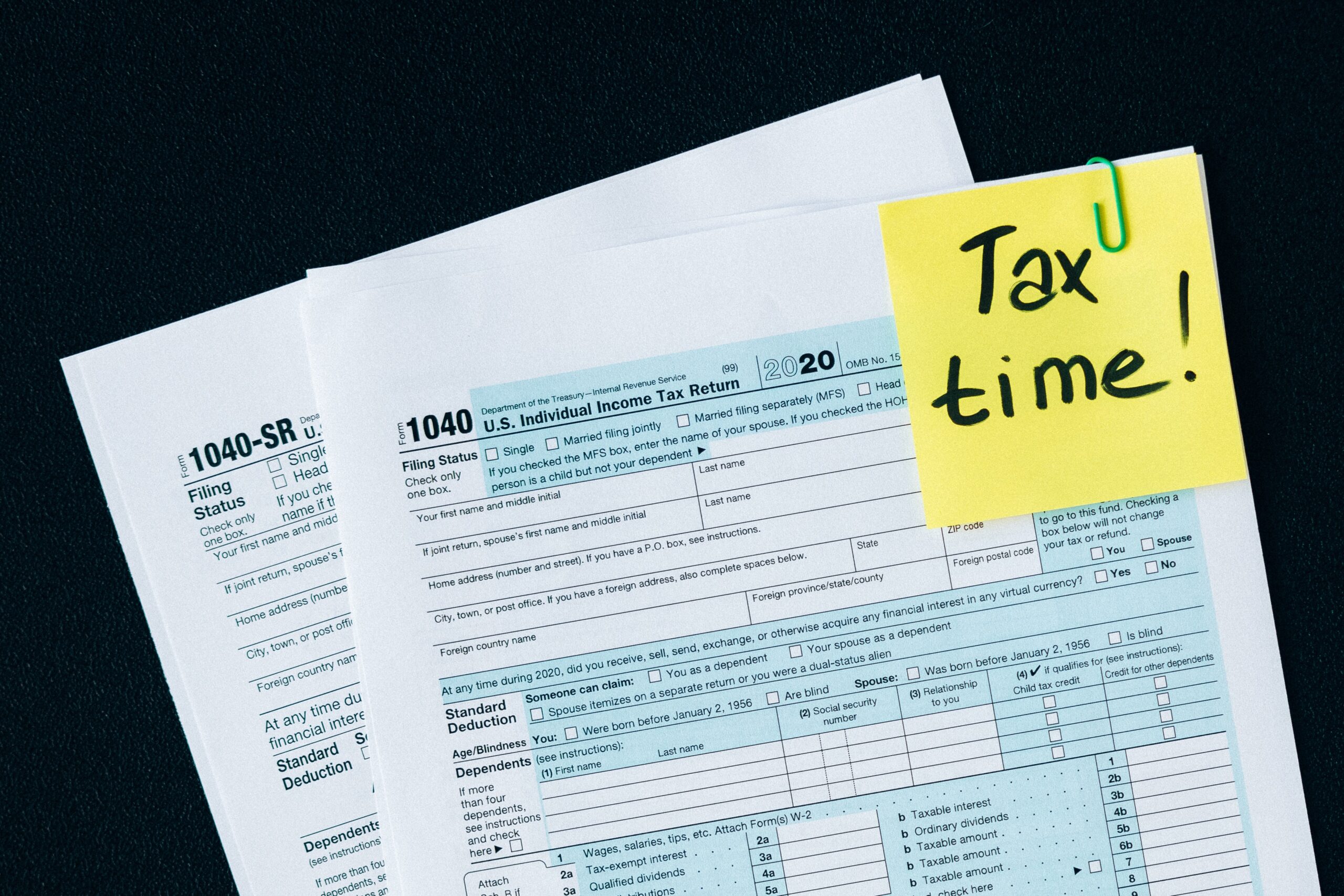While doing some research on the Special Economic Zone (SEZ) policy, I came upon this observation. The basic irritant in the face-off between India and China is the “subsidy” that the Chinese system gives to its industries……low-cost or free capital, that either come from legacy “Communist” assets, the State-Owned Enterprises (SOEs). Or the explicit subsidies that China gives to its industry, which are discretionary (ie, by administrative whim) and non-transparent. India finds it impossible to build a rule-based system that can take on such an adversary, who apparently follows no rules.
Disclaimer: This article was written originally in June 2005, some of the data points may be outdated.
The Sez Policy and Broken Promises:
Take the SEZ policy. China created these “bubbles” with taxpayer funds, that are a world of their own. The entire environment in these zones is built to please the incoming investor; existing reality can be completely wished away. India finds it difficult to build these “bubbles”, and its SEZs are bogged down by the surroundings in which they are situated. SEZs in India have not taken off because politicians find it difficult to pander to the industrial investor, who may have the money, but does not have any votes……….in this trade-off, the vote-bankwallah always wins. China has no such problem.
So India handed over the SEZ to private promoters. It seemed like a good idea at first, to at least get the Govt out of SEZ infrastructure. Hopefully, now, promises would be kept, infrastructure would actually work, and investors would be pleased.
However, 2 problems got in the way. One, private investments seek self-sustenance, ie, they must deliver a Return on Investment. Two, the feeder units to the SEZs (water, power, and other services) had no incentive to deliver better quality at low cost, because they got no concessions if they were located outside. This led to a spate of broken promises, as a result of which many SEZs got themselves a bad name.
The Chinese again have no problem. Not only was the SEZ constructed with Govt money (which sought no return), but so also was the support infrastructure………the whole shin-bang was a zero-cost support to the incoming investor.
Doing things differently to take on the Chinese threat:
Now here is my very hazy draft structure to take on the Chinese threat.
Suppose India’s SEZ companies were given a special status, say, as “infrastructure cos”. These companies would be entitled to issue a special category of long-term (5,10,15, 20-year) bonds, whose coupon would be market-determined. Capital adequacy and repayment risk would be monitored by a market mechanism (say, the Rating Agencies).
The kicker: these bonds would qualify for Section 88-type tax (deduction) benefits. Simultaneously, the PPF rate is dropped to the GOI Bonds level. The immediate consequence: PPF money would flow into these cos.
Now, to sweeten this further. The Govt issues an edict saying no-questions-asked on the source of the subscriptions, a kind of backdoor Voluntary Disclosure Scheme (VDIS). Maybe 20% of the black money in the country would flow into these bonds (provided the Govt’s promise about the continuity of such a policy is credible).
The Effects of Market Mechanism for “Taxes”:
Look at what it will achieve. Effectively, it disintermediates the Govt out of the “administer tax-allocate funds-invest in assets-build infrastructure” loop, which is very inefficient right now. Less than 10% of the taxes we pay, end up building any kind of assets, leaving alone world-class infrastructure of the kind that will keep international investors happy. All infrastructure funding is coming from the fiscal deficit, which would reduce the extent that these SEZ cos take the burden (of infrastructure funding) off the Govt.
These bonds would get traded on the secondary market, and prices would correct to the point where the yield on the bonds would be below market prices of mainstream bonds (the yield curve would get very flat, even inverted because investors would want to delay receipt of principal). This would encourage the issue of more long-term bonds, with commensurate back-to-back investment.
The “subsidy” provided by long-term investors would be the “tax rate”, which would be market-determined. Since most of this money is anyway outside the tax net, the existing tax base is not cannibalized. I believe the implicit tax rate would settle around 15-20%. Given the much lower cost of collection and lesser leakages, this “tax” system would be much more “asset-efficient”, ie, much more assets would be built per unit of “tax”.
And if you add the tax collections from the incremental investments into the SEZ, the tax efficiency of this policy would be even higher. The key assumption here is that under the current tax regime, whoever can evade taxes, is doing so. This market-based structure for taxes would harness much of that money.







